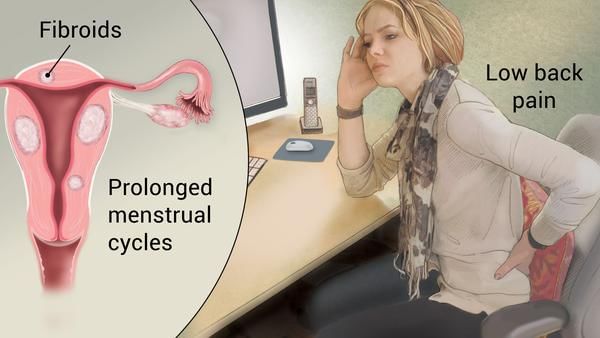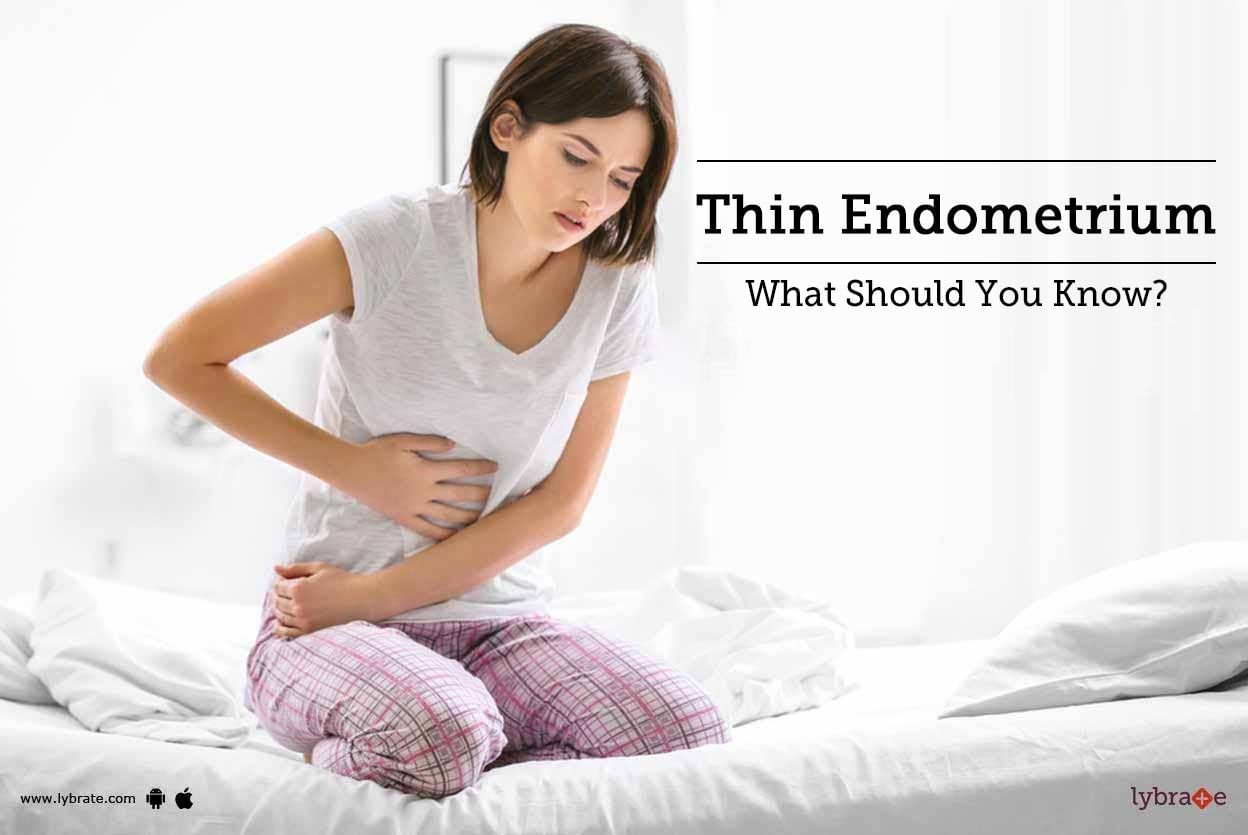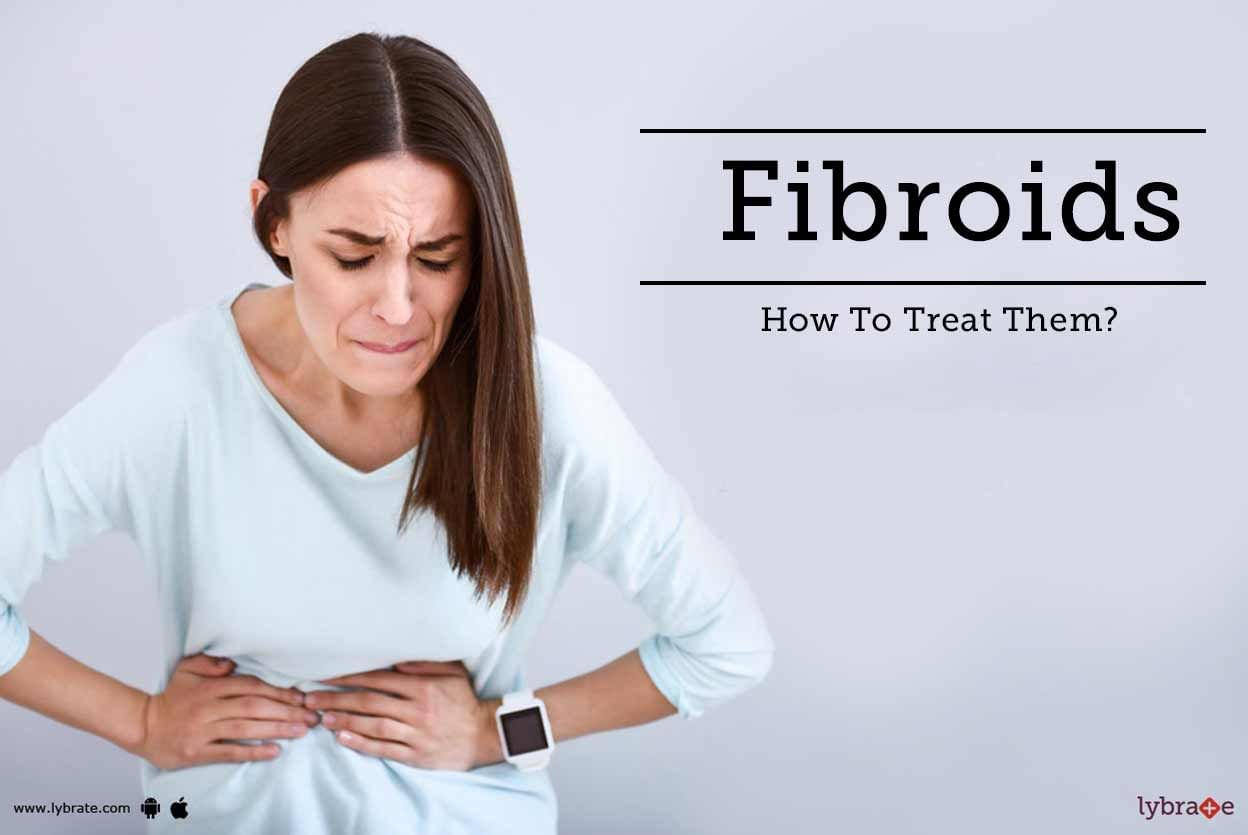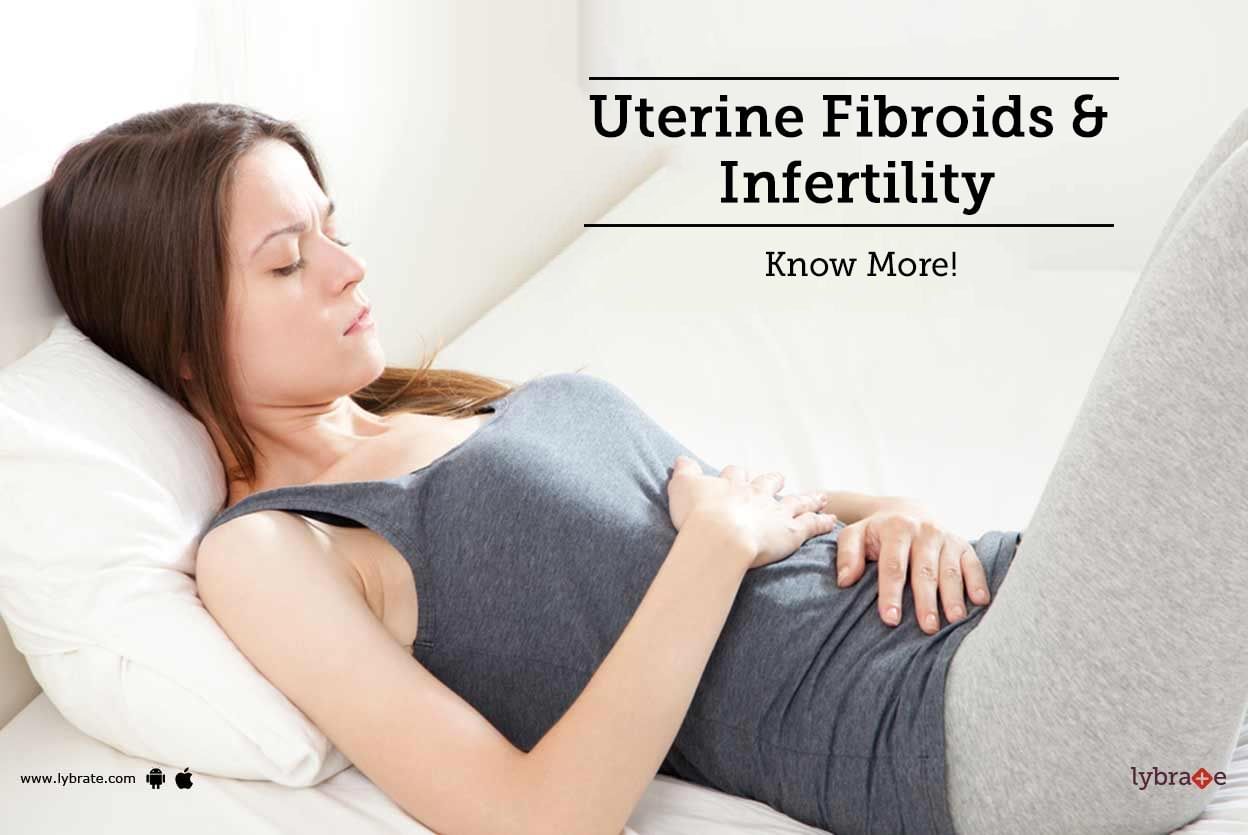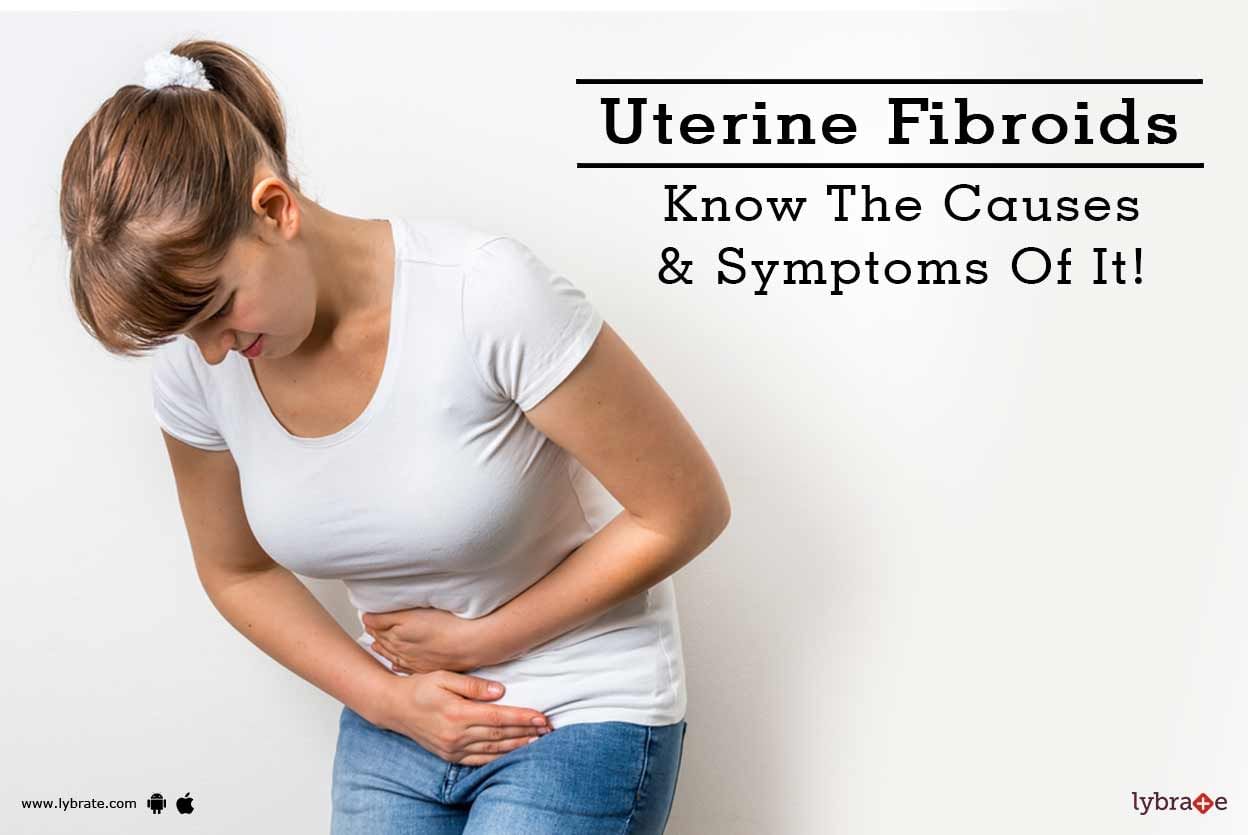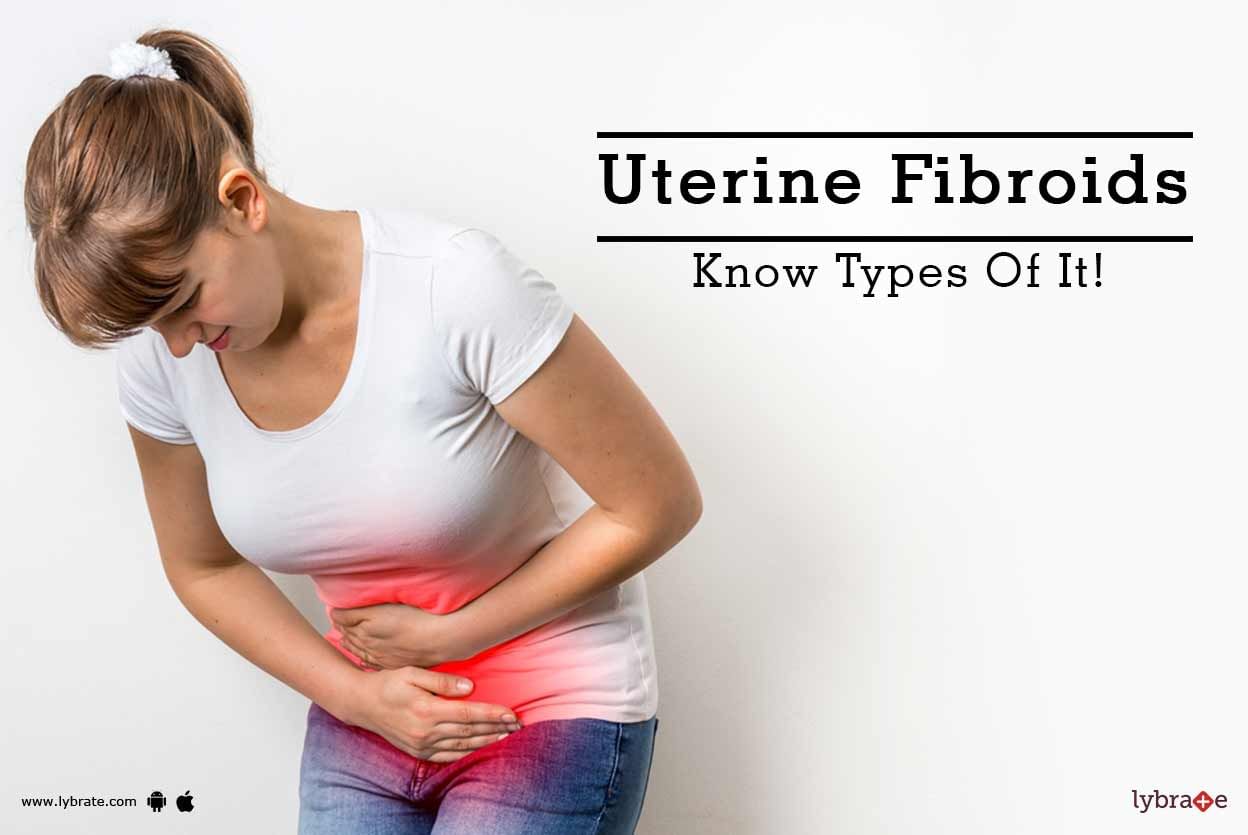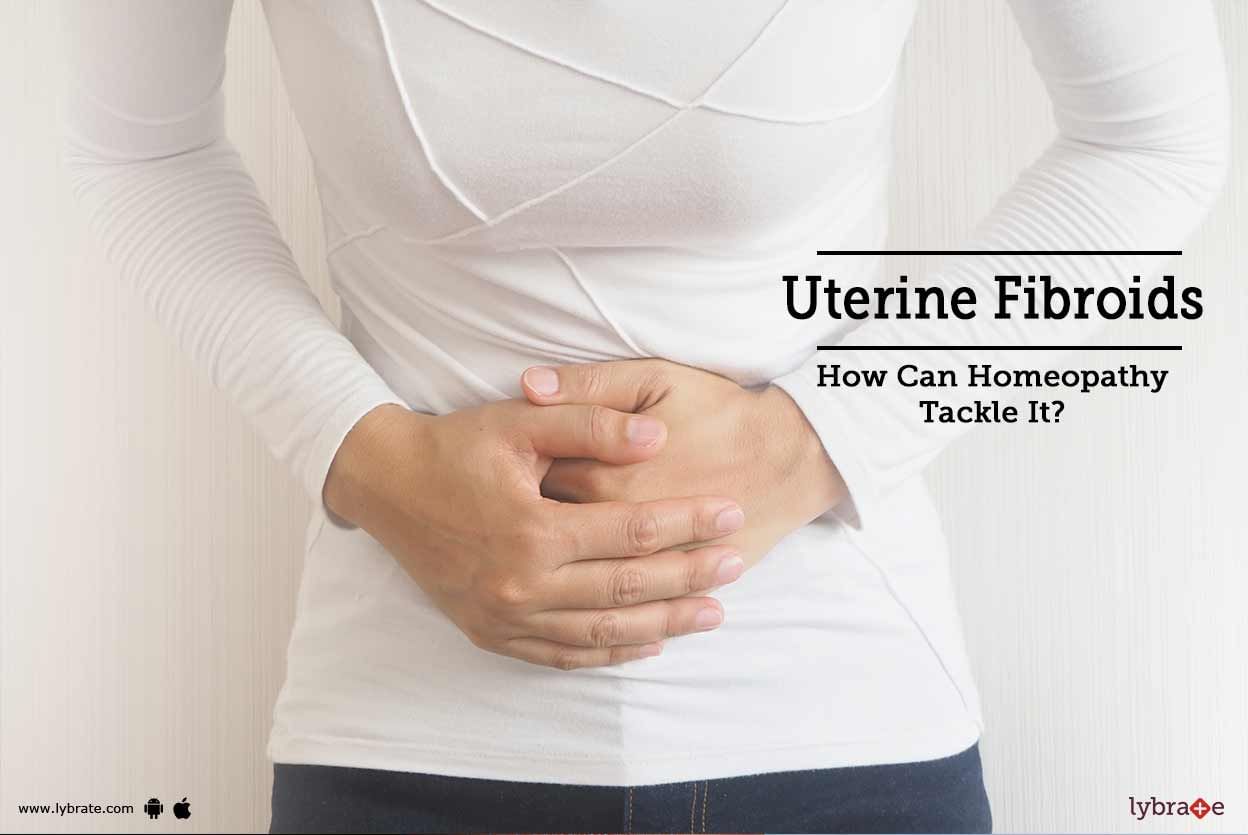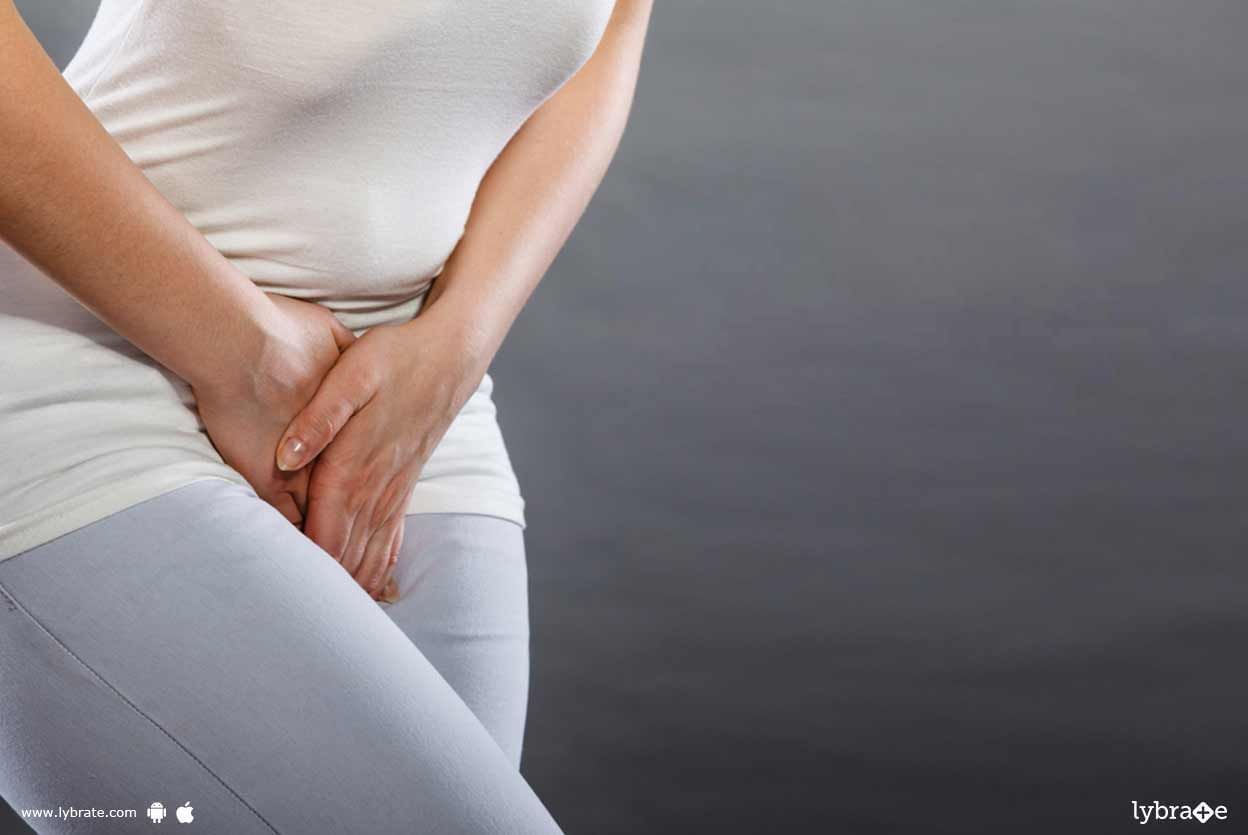Get the App
For Doctors
Login/Sign-up
About
Health Feed
Find Doctors
Health Packages
AllQ&AsTipsQuizzes
Uterine Fibroids Tips
Last Updated: 6 years ago• Featured Tip
Share
Bookmark
Report
Last Updated: 6 years ago• Featured Tip
Share
Bookmark
Report
It's said that blocked fallopian tubes are the most common cause of female infertility in about 40% of women who are infertile. Fallopian tubes are channels through which the egg travels to reach the uterus and blockage of these tubes can put a stop to this from taking place. Depending on the different parts of the tubes, this form of blockage is of several types.
What are the different types of fallopian tube blockages?
1. Proximal tubal occlusion
This form of fallopian tu...more
What are the different types of fallopian tube blockages?
1. Proximal tubal occlusion
This form of fallopian tu...more
Last Updated: 6 years ago• Featured Tip
Share
Bookmark
Report
Every women's uterus consists three layers - inner, middle and outer layers. The innermost layer of the uterus is known as endometrium. A normal endometrial lining is thick enough to enable eggs to get fertilized, but when this lining becoomes thin, it creates problem for women to achieve pregnancy.
What are the causes of a thin endometrium?
Following are the causes for thin endometrium in some women-
Reduced oestrogen levels - Oestrogen is one of the primary sex hormo...more
What are the causes of a thin endometrium?
Following are the causes for thin endometrium in some women-
Reduced oestrogen levels - Oestrogen is one of the primary sex hormo...more
Last Updated: 6 years ago• Featured Tip
Share
Bookmark
Report
Fibroids are the most frequently seen tumors of the female reproductive system. Fibroids, also known as uterine myomas, leiomyomas, or fibromas, are firm, compact tumors that are made of smooth muscle cells and fibrous connective tissue that develop in the uterus. It is estimated that between 20 to 50 percent of women of reproductive age have fibroids, although not all are diagnosed. Some estimates state that only about one-third of these fibroids are large enough to be detected by a doctor duri...more
Last Updated: 6 years ago• Featured Tip
Share
Bookmark
Report
Many women develop uterine fibroids by the time they hit the age of 50 years and above. These are non-cancerous growths that may occur in the uterus. Most women go through severe bleeding and pain as well as discomfort as a result of these fibroids. Age, family history of the same condition, obesity or being overweight, eating habits and even ethnicity play a large role in deciding the risk of each individual patient. These fibroids can grow in the submucosal, intramural and subserosal areas.more
Last Updated: 6 years ago• Featured Tip
Share
Bookmark
Report
Multi Speciality•Visakhapatnam
Uterine fibroids are referred to as benign, abnormal growths which tend to develop in the uterine walls of a woman. The size of such growths can range from a few centimeters to even excess of a few inches. As such, they can cause the uterus to increase to the size of a five month pregnancy. Although, the symptoms of fibroids are not always apparent, they often cause heavy bleeding and pain in women. A recent research concluded that around 60 to 75 percent women contract such fibroids by the age ...more
Last Updated: 6 years ago• Featured Tip
Share
Bookmark
Report
Uterine fibroids, also referred to as uterine myomas) are non-cancerous tumors that grow within the muscle tissue of the uterus. As many as 20% to 50% women between the age group of 18 to 40 suffer from the condition, but not all cases warrant treatment.
It may be as tiny as a coin or it may grow to the size of a watermelon, making people think the lady is 6/7 months pregnant! There may be one big fibroid or several small ones.
Causes:
Though the exact causes are not know...more
It may be as tiny as a coin or it may grow to the size of a watermelon, making people think the lady is 6/7 months pregnant! There may be one big fibroid or several small ones.
Causes:
Though the exact causes are not know...more
Last Updated: 6 years ago• Featured Tip
Share
Bookmark
Report
Uterine fibroids can be described as benign tumours that grow on the inner walls of the uterus. Fibroids are a common occurrence among women who are within the childbearing age bracket. These growths are not something to worry about but can disrupt your lifestyle and be uncomfortable. Irregular menses, excessive uterine bleeding, abdominal pain during periods, frequent urination, constipation, anemia and backaches are some of the symptoms associated with this condition.
Homoeopathy has ...more
Homoeopathy has ...more
Last Updated: 6 years ago• Featured Tip
Share
Bookmark
Report
Fibroids are abnormal growths that develop inside or on a women s uterus. Fibroids, also called leiomyomas or uterine myomas are compact and firm tumors made of connective tissues and muscle cells which develop within the uterus. In about 99 percent of the cases, the tumor turns out to be benign or non-cancerous.
What could be the causes?
While the causes aren t clearly established, it is to be believed that every tumor is a result of an abnormal muscle cell within the uterus that h...more
What could be the causes?
While the causes aren t clearly established, it is to be believed that every tumor is a result of an abnormal muscle cell within the uterus that h...more
Last Updated: 6 years ago• Featured Tip
Share
Bookmark
Report
Uterine fibroids are benign growths, which originate in the walls of the uterus. They are also known as 'myomas' or 'fibromyomas' and their sizes tend to vary. You may not realize that you have a fibroid as they do not cause many problems.
The causes of uterine fibroids are
1. Hormones
Hormones that stimulate the uterine lining to prepare it for the menstrual cycle are known to aid in the development of uterine fibroids.
2. Genetic changes
Genetic changes...more
The causes of uterine fibroids are
1. Hormones
Hormones that stimulate the uterine lining to prepare it for the menstrual cycle are known to aid in the development of uterine fibroids.
2. Genetic changes
Genetic changes...more
Book appointment with top doctors for Uterine Fibroids treatment
View fees, clinic timings and reviews
Ask a free question
Get FREE multiple opinions from Doctors
posted anonymously


